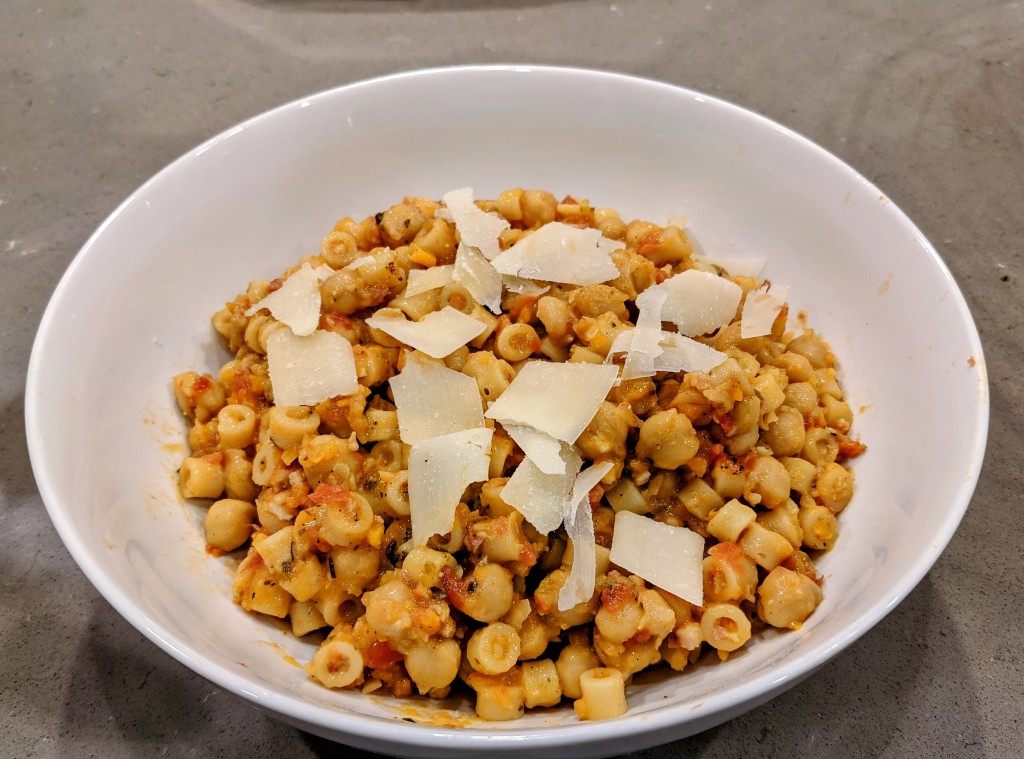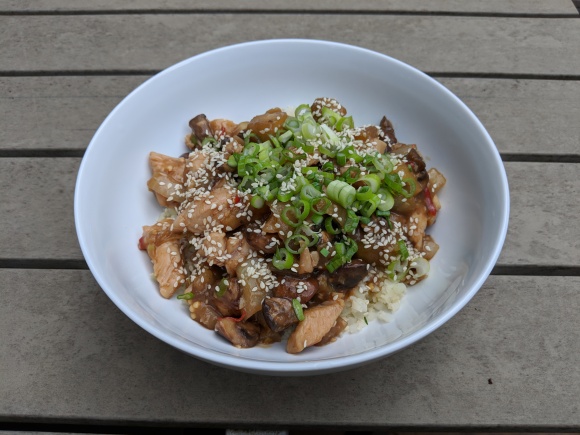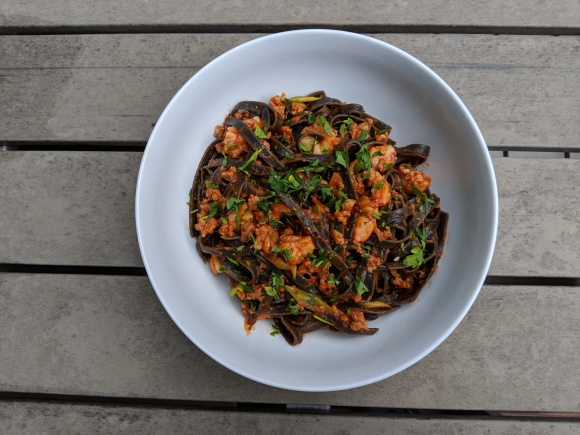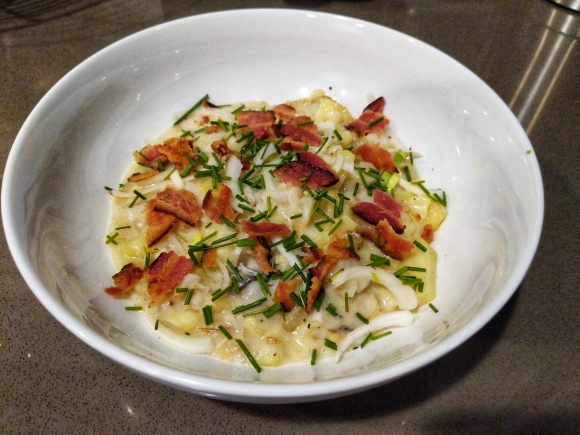It’s been awhile since I have put something up here…not even sure if anyone is still paying attention! I originally started this page as a place to document things I made so I could remember them later and that is exactly what I am posting today.
There are infinite banana bread recipes out there but most are way too sweet for my taste. I generally work with existing recipes and lower the sugar, replace oils, use different flours. The one I made yesterday worked well so I am just leaving the ingredients here for future reference.
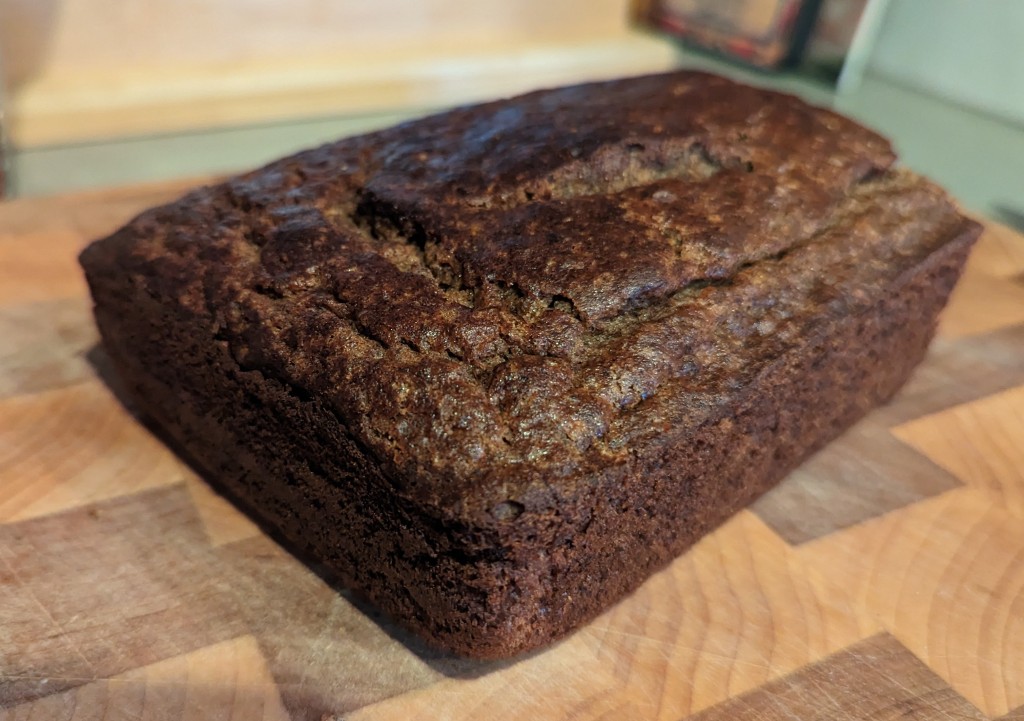
Buckwheat Banana Bread
- 1.5 cups buckwheat flour
- 1 teaspoon baking powder
- 1/2 teaspoon baking soda
- 1 teaspoon cinnamon
- 1/4 teaspoon nutmeg
- 1/4 teaspoon salt
- 3 ripe bananas (about 2 cups mashed)
- 2 eggs large
- 1/4 cup melted butter
- 1/3 cup buttermilk
- 1/4 cup brown sugar
- 1 teaspoon vanilla extract
Preheat oven to 350° and then grease a 9″ loaf pan lightly with butter.
In a large bowl, mash three of the bananas then add the eggs, butter, buttermilk, brown sugar, and vanilla. Whisk until combined.
In a separate bowl, whisk together the buckwheat flour, baking powder, baking soda, salt, and cinnamon.
Add the banana mixture to the dry ingredients and stir until combined. Pour the batter into the prepared pan and bake for 60 minutes, or until a toothpick inserted into the center comes out clean.
